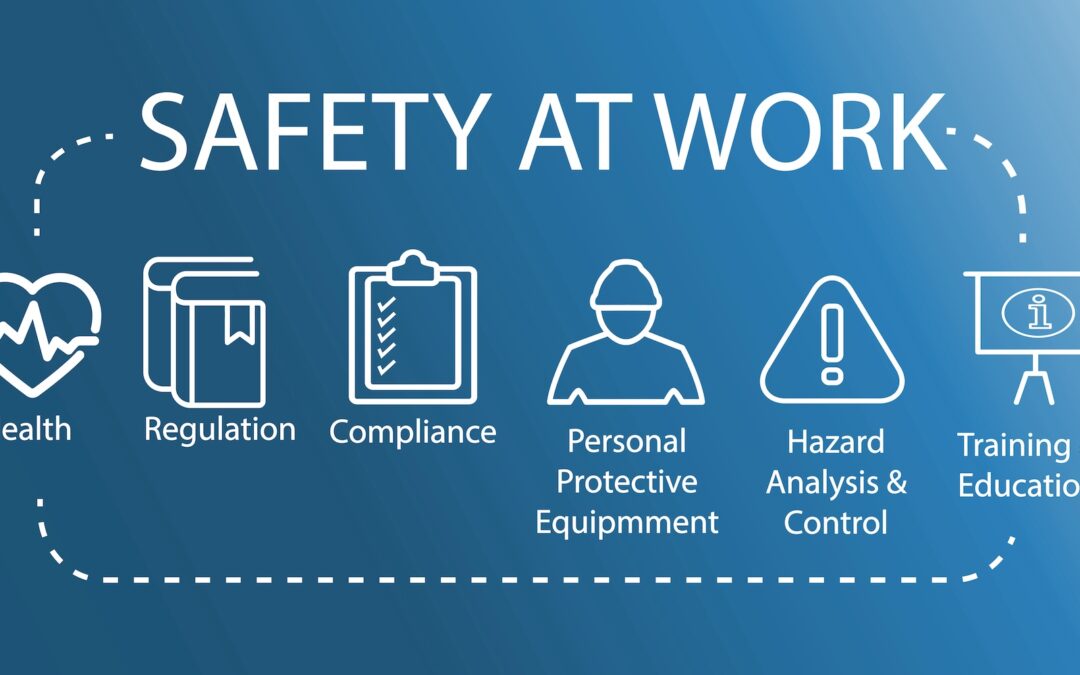Orientation and training are important for new employees. Statistics show that up to 60% of all job injuries happen to new employees with less than six months of experience on the job. The orientation should be held before new employees are assigned their first job task. The supervisor should explain proper work procedures, and what the consequences may be if proper procedures are not followed. Safety is the main concern for new employees, and the sooner they learn and practice safe work procedures, the safer the work environment.
Discussion Points:
• Orientation and training are important for new employees.
• Review the company’s Safety Program, policies, and regulations.
• Review the company’s Emergency Evacuation Plan.
• Introduce new employees to management personnel and co-workers.
• Help new employees feel comfortable in their new job.
Discussion:
Orientation should be held separately from the onboarding and training sessions. Onboarding new employees should be conducted by the HR department. During orientation, the supervisor should review the company’s Safety Program, policies, and regulations. Adding interactive elements to the meeting will help the employees stay attentive and engaged. Take the new employees on a tour of the facility, and show them the location of their workstations and where they will be spending their workdays. Identify potential health and safety risks, and show them any associated work area hazards they should be aware of. Show them the location of the first aid kits, fire extinguishers, fire alarm pull boxes, eyewash stations, and other essential safety equipment. Show them where to find health and safety information, including posters and other documentation. Review the company’s Emergency Evacuation Plan, and demonstrate the evacuation procedures; locate exit routes and the designated assembly location so they know what to do and where to go in the case of an emergency. Show them where they can take their breaks and where to store their lunch. Explain that food is allowed in designated areas only so it doesn’t come in contact with dangerous chemicals or equipment. Before the orientation is over, the employees should have a general understanding of what is expected of them while on the job.
Many employees feel overwhelmed in a new environment, so try to make sure they feel comfortable in their new position. Take time to introduce the new employees to management personnel and co-workers. This will open a line of communication in case the employee should need to contact someone for any reason. Determine if the new employee needs Personal Protective Equipment for their job task, and issue the appropriate PPE. Ensure they have an understanding of how and when
to wear the PPE. Answer any questions they may have and make sure they are prepared to begin their assigned tasks. The first few days should be spent learning new procedures, rules, and safety operations. Follow-up with further training and evaluation. Training sessions can be held in a classroom setting or individual sessions online. It’s important to complete all training sessions according to company protocol, and take responsibility for the safety of your co-workers and yourself.
As always, stay safe out there!


Recent Comments